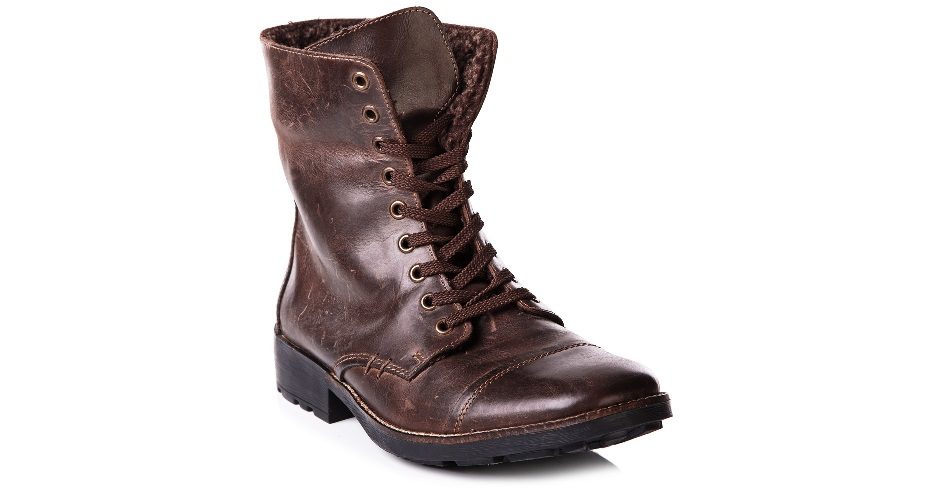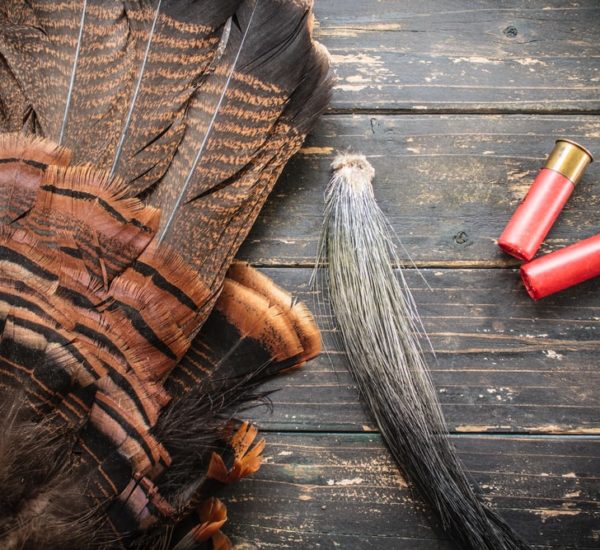What was your reaction when you discovered that the pricey leather boot you ordered from the store is not your exact size?
Let me guess.
You accept your fate and abandon the shoe, wear them anyway and bear the pain and discomfort, or you use one of those crude methods to soften the hard shoe and also end up damaging them.
I have spoken to some veteran shoemakers on the situation, and this is the best way to soften leather boots you will ever find around. Let’s dive in!
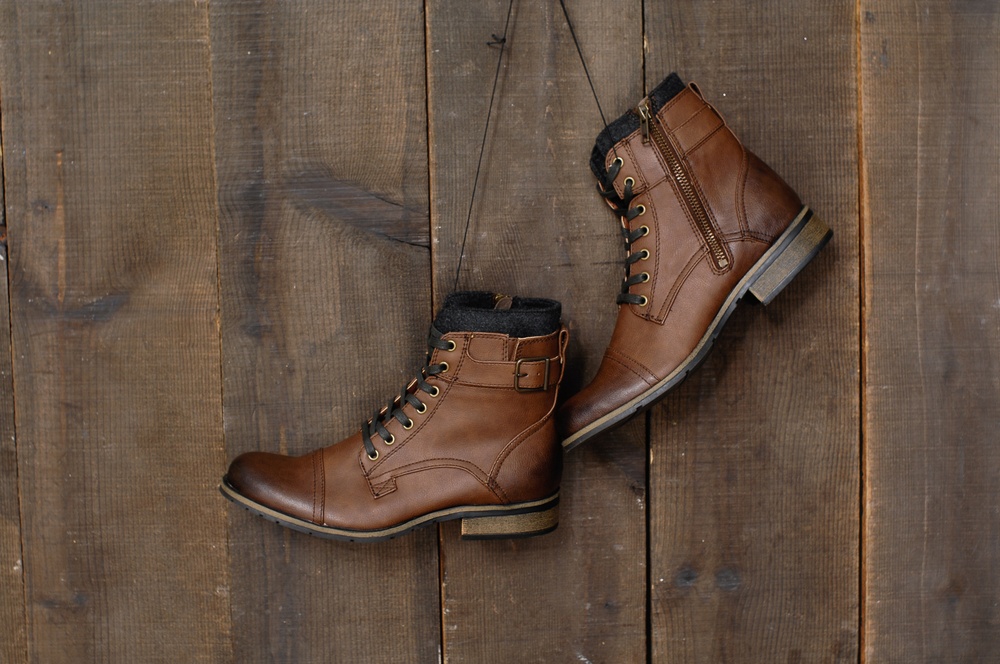
How to Soften Your Leather Boots with Homemade Tricks
When I say homemade tricks, I mean those little do-it-yourself hacks you can use to turn old household equipment into an almost new one. Having known that, here are some tips to help you soften your leather boots, be it hunting boots or other outdoor boots.
1. The Newspaper Trick
The newspaper trick is an old one but gold. It still works perfectly in stretching and softening your leather boots. So how do you implement the method?
First, you’ll have to make a ball with a newspaper and insert it in the leather boot. Ensure that you reach the tip of the boot while inserting the ball of paper.
You can then put place the pair of shoes in the freezer for a couple of hours. The chilly temperature expands the leather material and softens its texture.

2. Potatoes Trick
Potatoes are another effective softener known to veteran shoemakers alone. Here is how it works.
You probably know that leather shoes absorb the moisture from the potato. However, what you don’t already know is that the practical tuber’s strength makes the leather supple and soft.
You should simply cut the potatoes open and place the inside on the part of the shoe you intend to soften. You can then use some newspapers to hold the potatoes in place during the exposure procedure.
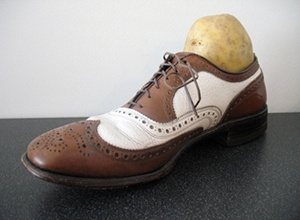
3. Use Hair Dryer
Hard leather boots will also soften from contact with heat. The warmth of a hairdryer, for example, ensures more flexible shaping. To use, simply put on extra-thick socks in the boots and warm up the tight spots with your hairdryer. The leather will become softer in this process. You can continue with all the pressure points to make the boots more comfortable.
4. Apply Oil
Oils may serve as a boot softener for your hard leather shoes. Here, a layer of oil is applied all over the boot and left to dry.
Once the oil dries up, you can apply another layer if you want them to be softer. Coconut oil, mink oil, or saddle grease are perfect for applying to your leather boots.
However, many experienced shoe builders will tell you to use mink oil for this purpose. Applying mink oil requires some procedures and methods that need proper attention. So, later on, we’ll look at how to apply mink oil to soften your leather boots effectively.
At this point, you should know which methods you would want to try out. But is that all there is to know about shoe softening? Not at all! There are many more tips to know about softening your leather boots.
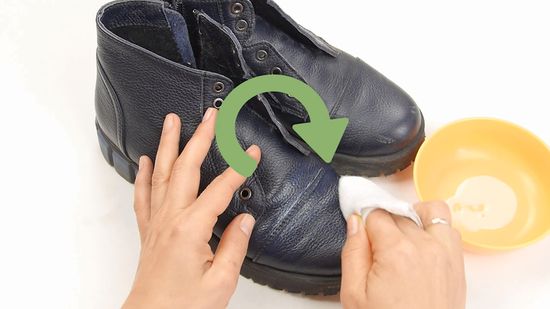
Common Myths You Should Avoid in Softening Your Leather Boots
By now, you should know that moisture is good for softening your leather boots. But, what is the effect of using excess moisture or other moisturizing agents ( urine, alcohol, and spray) to soften your stiff leather boots? Let’s answer that quickly.
Excess moisture makes the shoe softer.
Many myths surround the moistening of leather, like the more moisture you apply, the softer the shoe becomes. Well, I’m sorry to break your heart. Excess water doesn’t make the leather softer or elastic. It deforms the original shape of your boot. So, you should be wary not to apply too much water on your leather footwear in a bid to adjust its size.
Peeing in a leather boot increases the size.
This is another false rumor from the pit of hell. It is often recommended to pee in your boot to elongate them. Funny, right? But people have tried it, and the results were awkward.
Every moistening agent indeed makes the leather softer. However, unwanted foreign substances, like pee, is never the way to go. Water is just an effective shoe softener. And urine is never an option.
Alcohol can be used in place of water for softening your shoes.
The other solvents you can use for breaking in your pair of leather shoes are alcohol, sprays from specialist retailers, grease, or shoe detergent.
While alcohol works just as well, it may not be a viable option in the long term. Leathers contain fats that are dissolved by alcohol, making them lose their suppleness as a result. However, you can add petroleum jelly – or vaseline- to reduce the alcohol’s adverse effect.
Here is how you can get this done:
First of all, you should moisten a cotton ball with the alcohol and rub it all over the surface of the shoe. You should then put it out to let it dry. Once dry, place a thin layer of vaseline on the leather and let it rest overnight.
The next day, you can clean them with a dry cloth until all the petroleum jelly is removed. Once this is done, you may notice that the texture is softer. If not, you can repeat the procedure till you get desired results.
Now that we’ve looked at some of the myths surrounding the softening of leather boots, let’s look at how to soften your leather boots around the ankle.
How can I make leather boots softer around the ankle?
Most people feel pains around their ankles when they wear their leather boots. If you fall into that category, it means the leather around the ankle is either too hard or too tight at the top. Whatever the case, you can make the leather boots softer around the ankles by stretching the boots’ upper part.
Stretching the top of the boots softens it and prevents the hard leather from rubbing your ankle, thereby reducing pains. There is a particular machine that helps to stretch the top of your boots. But since this guide is DIY, let’s quickly look at how you can do it right at home:
When leather boots always cause pain around the ankle, you can dip the steam into water. Next, you can work for your hand gently on the seams moving back and forth. You can also work on the top of the boots that touch the ankle area by pressing the area with your thumb.
Doing this enables the upper part of the boots to become softer and stretchy. You should carry out these processes simultaneously and continuously to prevent the side seams from interfering with your ankle. The seams may curl outward or lay flat as a result of proper working.
You can see how the seam softening process is done for better understanding.
You can also use leather conditioners to soften your boots’ top to avoid pains and collision with your ankle area. Also, wear thick socks to protect your ankles and avoid pains.
Now that we’ve dealt with the ankle area, let’s look at how to soften your newly-purchased boots.
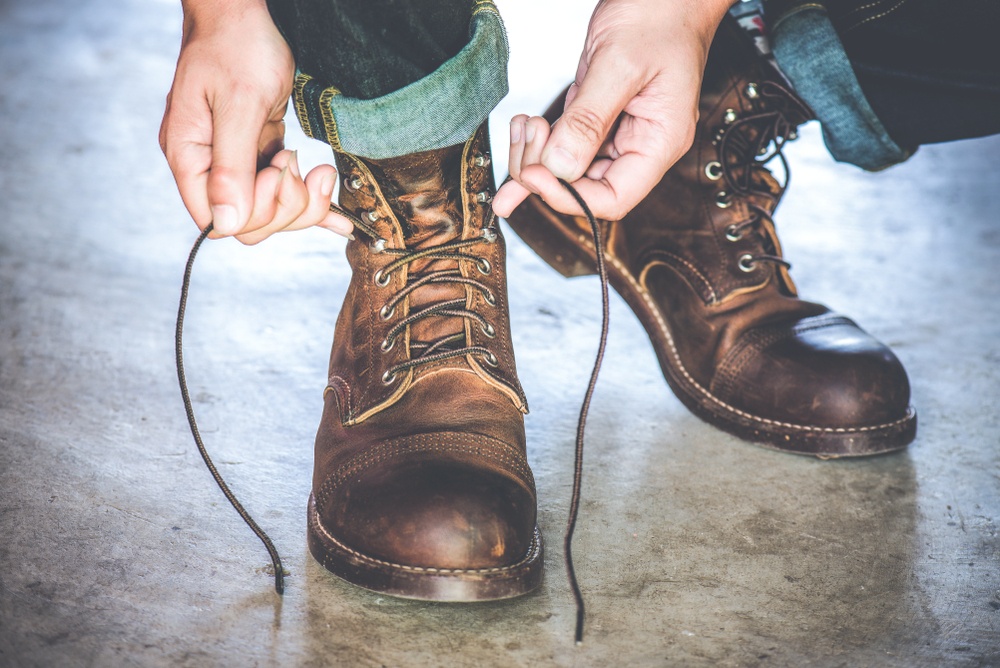
How to Soften New Leather Boots
It’s okay for your new leather boots to be hard. You may be skeptical about trying out some of these methods on your new shoes. Well, you don’t have to worry about that anymore. I’ll show you how you can easily soften your new leather boots:
Try Walking in Your New Shoes
The first precaution to follow is not to wear the leather boots outdoors as soon as you bought them. That’s right! You should wear them at home first, perhaps wearing two pairs of socks on top of each other.
While wearing them, take the opportunity to bend over or stand up on your toes to speed up the break-in. This way is the best recommended for skeptical people who would rather not use the methods discussed earlier because they don’t want to damage their shoes.
You should only put on a thick stocking and wear your shoes indoors. This will allow them to be more flexible, but you must be patient because the shoe will not soften overnight.
It is best to walk with the shoes for about an hour in thicker socks and repeat if successful. Do not wear too thick socks; otherwise, the leather could be overstretched, and the shoe will become too big.

When can Other Tricks Come in?
When you remove the boots, you can fill them with newspaper and place them next to the heater. By repeating this procedure when you’re not putting on the leather boots, you will help the leather soften faster.
Another useful trick is to direct the hot air of the hairdryer inside the shoes. This also contributes to making the skin more comfortable. Also, you can wipe the outside of the shoes with a soft and clean cloth soaked in castor oil or vaseline for a really fast result.
Both of these products are odorless and colorless and, therefore, perfect for achieving the purpose of comfort. So you shouldn’t worry about spoiling your new shoes. At this point, you can finally put on your boots to go out.
Do it gradually, just for a few hours in the beginning. Consistency would give you greater results. If you can’t wait that long, you can opt for rubber hunting boots.
Now that you’ve learned about the methods to soften your leather boots, here are some extra tips to help you retain their softness.
How to care for your leather boots to retain their softness
It is important to take care of your leather boots properly once you’ve softened them. Taking care of your shoes is also a proven procedure to soften your leather boots.
If softening your leather boots has cost you commitment and dedication, look at how you store them in the summer months. Without some precautions, you risk having to repeat the entire procedure with the next autumn return. Or, even worse, to damage them irreparably.
So how can you properly take care of your leather boots?
Store them appropriately
High temperatures and humidity are the worst enemies of heavy leather. Therefore, it is important to keep them in a cool place not exposed to sunlight, such as a cellar.
For extra protection, fill the boots with newspaper or cardboard to keep the shape of the foot intact.
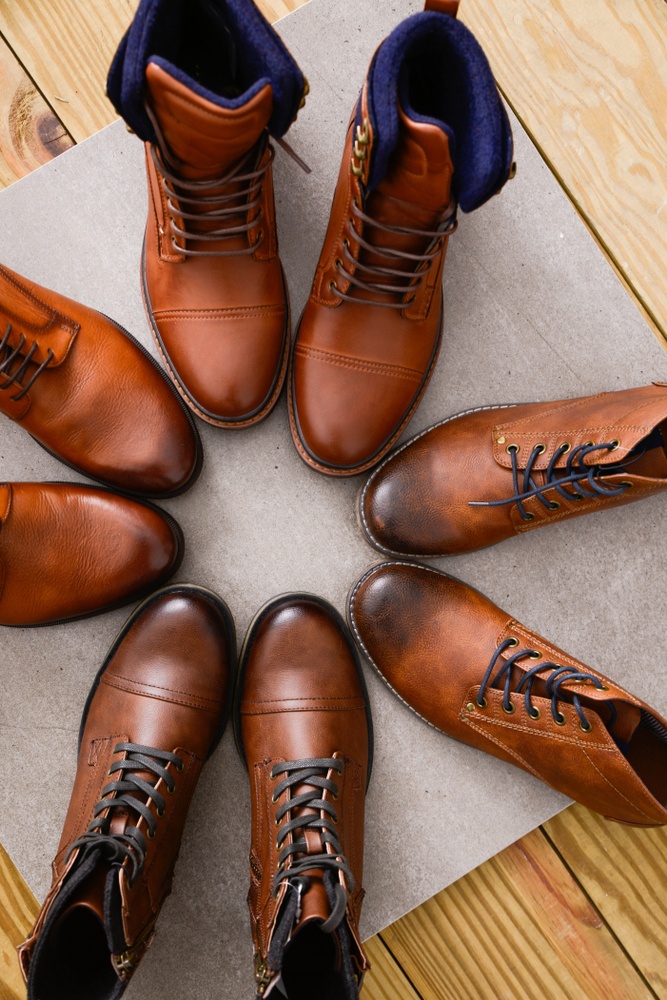
Hydrate Your Leather Boots
Hydrating your leather boots also helps to retain their softness. It is pertinent to note that leather is skin and should therefore be hydrated to keep them in good condition and retain their softness.
You should clean your leather boots with quality leather detergents like saddle soap. Boot grease, leather oil, and mink oil also help protect and hydrate the leather in your hunting boots. You can also see how to stay warm while hunting.
Natural products like grease and oil will make the leather boots very soft and supple. While the leather boots become more pliable and supple, they will still retain their strength in the years to come.
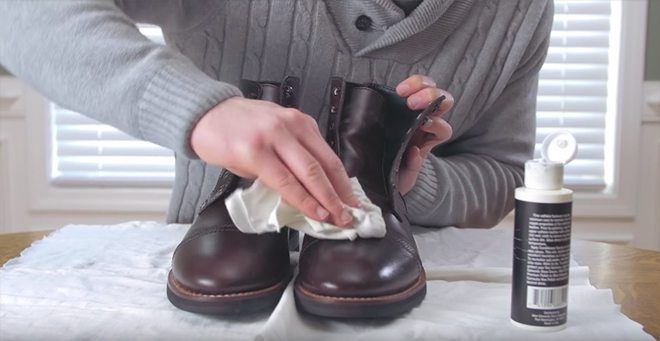
FAQs
How can I soften leather boots quickly?
You can soften leather boots quickly using olive oil, coconut oil, vaseline, and other homemade tricks shared above. Even though the effect is not visible at once, repeating the process will eventually help soften leather boots.
How can I soften the inside of my leather boots?
The newspaper and potatoes trick can help you soften the inside of your leather boots. Since these items come in direct contact with the inside of your leather boots, you’re sure to have softer leather inside your boots.
Can I apply coconut oil to soften my leather boots?
Yes, you can. You can use your fingers to rub the oil onto the surface gently. Once the entire leather boots become coated with coconut oil, you can still use the hand dryer just like the mink oil process. You can also apply coconut oil as a shoe conditioner.
How can I revive my old and worn-out leather boots?
Asides from making boots softer, mink oil can also bring an old worn-out boot back to life. You can use mink oil to restore leather boots. Mink oil restores leather boots by feeding moisture back to the scuffed or worn-out leather.
So there you have it, timeless and tested ways to soften your leather boots.
Final Thoughts
With this knowledge on how to soften leather boots, it’s time to say goodbye to every discomfort associated with hard leather boots. And we have outlined the step you need to take up there.
The steps involved in softening your stiff boots take time to yield results. But practicing them will help you soften your shoes in the long run.


